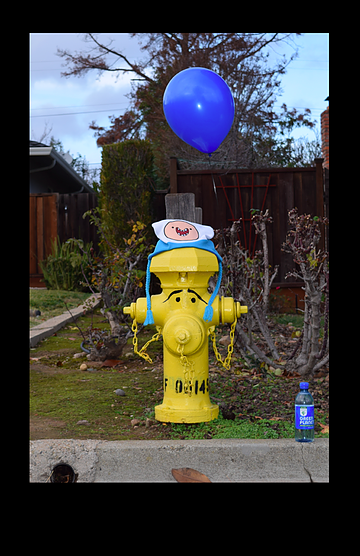The frontal lobe is in charge of controlling your personality, so it is very involved in problem solving, memory, and judgement. It also deals with our execution of behavior
2. Selective attention bases your intelligence off of how well you remember information. The selective attention makes your memory capacity broader, allowing you to prioritize more and sufficiently use your information. Your intelligence isn’t about how much you know, but how much your brain controls the information.
3. The frontal lobe is the last part to develop and in order to keep it from deteriorating, we have to keep challenging ourselves and exercising this part of the brain.
4. The neo cortex navigates your body. It deals with sense, spatial awareness, and motor skills.
5. The pre frontal cortex deals with personality. How you react and behave during a social situation.
6. The pre frontal cortex has a central bottleneck that prevents you from doing more than you can actually accomplish. Multi tasking isn’t a real thing. In reality, your brain is just jumping very quickly from one thing to another.
7. The broca’s are is associated with speech and language development. This is where you can use you hearing to associate with you language and speech.
8. The Somatosensory Cortex is responsible for thinking "is it hot in here or is it just me?"
9. The visual cortex allows us to see distinguish colors and textures. Without it, everyone would look the same.
10. THe occipital lobe is a center for you brain to process information. It collects and organizes visual data. It also helps you process the past, present, and future.
11. If my temporal lobes were damaged, you could forget a lot of easy every day things.
12. Fast brain picks up information very quickly and your mind can also quickly process it.
13. 3 things that influences your synapses is eating omega fatty acids, socializing, and exercising more.
14. The multi-sensory and your dendrites are related in which it can allow you to engage in multiple simulations and real situation. It can help you differentiate the two.
Limbic System
17. The corpus callosum is tied with youe oral language skills and your ability to understand other languages.
18. Studying music can help to strengthen the conversation between the two hemispheres of your brain..
19. The thalamus is important because it is responsible for motor control, sensory information, and states of consciousness. It also has to deal with your memory, your emotions, your consciousness, awareness and attention. Without it, you can’t retrieve different memories.
This tutorial was helpful in whicn I learned about a lot of things that I didn’t know about the brain. I had no idea how complex and interesting thhe brain was. The occipital lobe is a center for you brain to process information. It collects and organizes visual data. It also helps you process the past, present, and future. If my temporal lobes were damaged, you could forget a lot of easy every day things.Fast brain picks up information very quickly and your mind can also quickly process it.
 However, that idea was quickly shut down by a cop. However, shortly after, I created a play structure made of steel and wood and I hope to someday make it a big play structure.
However, that idea was quickly shut down by a cop. However, shortly after, I created a play structure made of steel and wood and I hope to someday make it a big play structure. 





